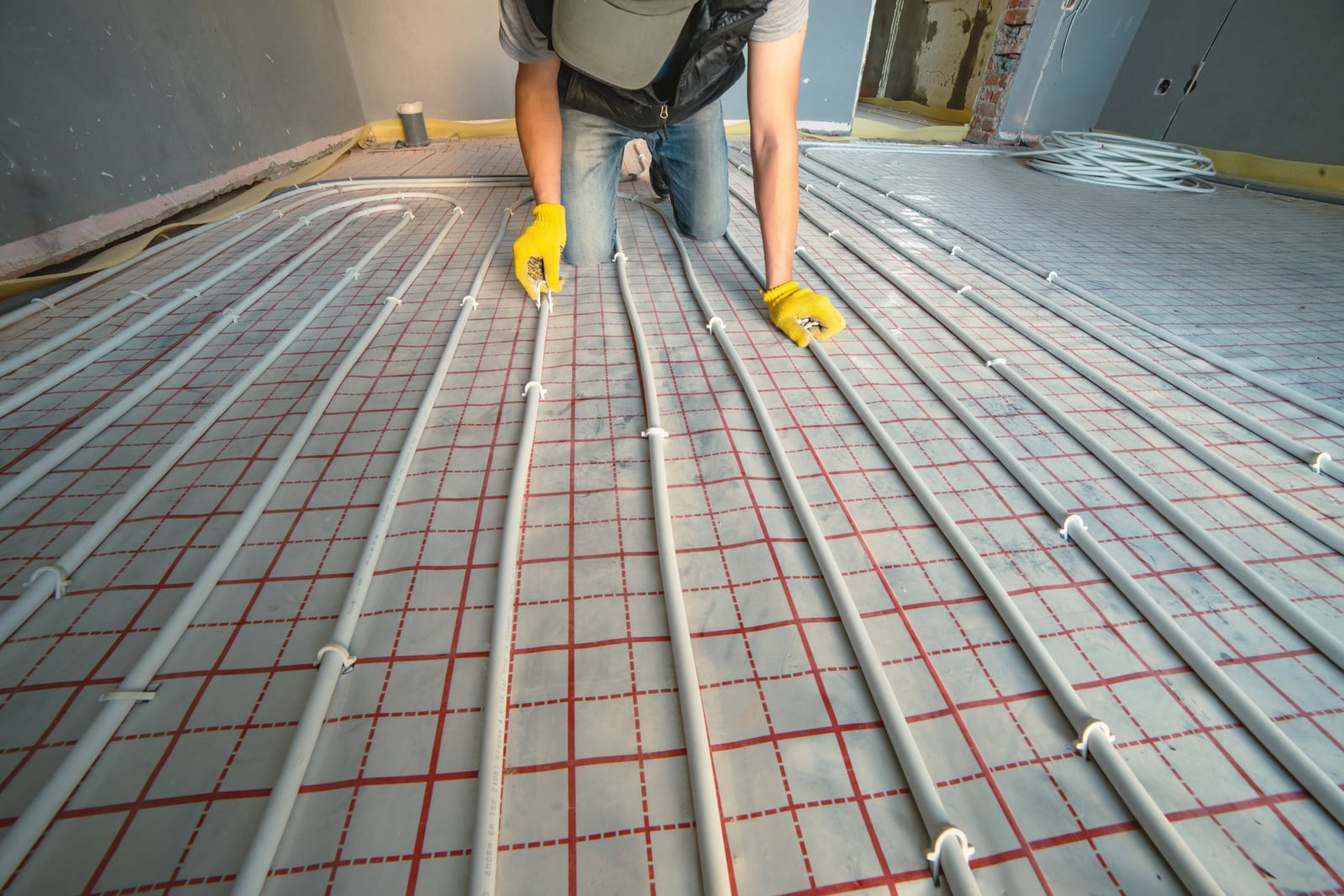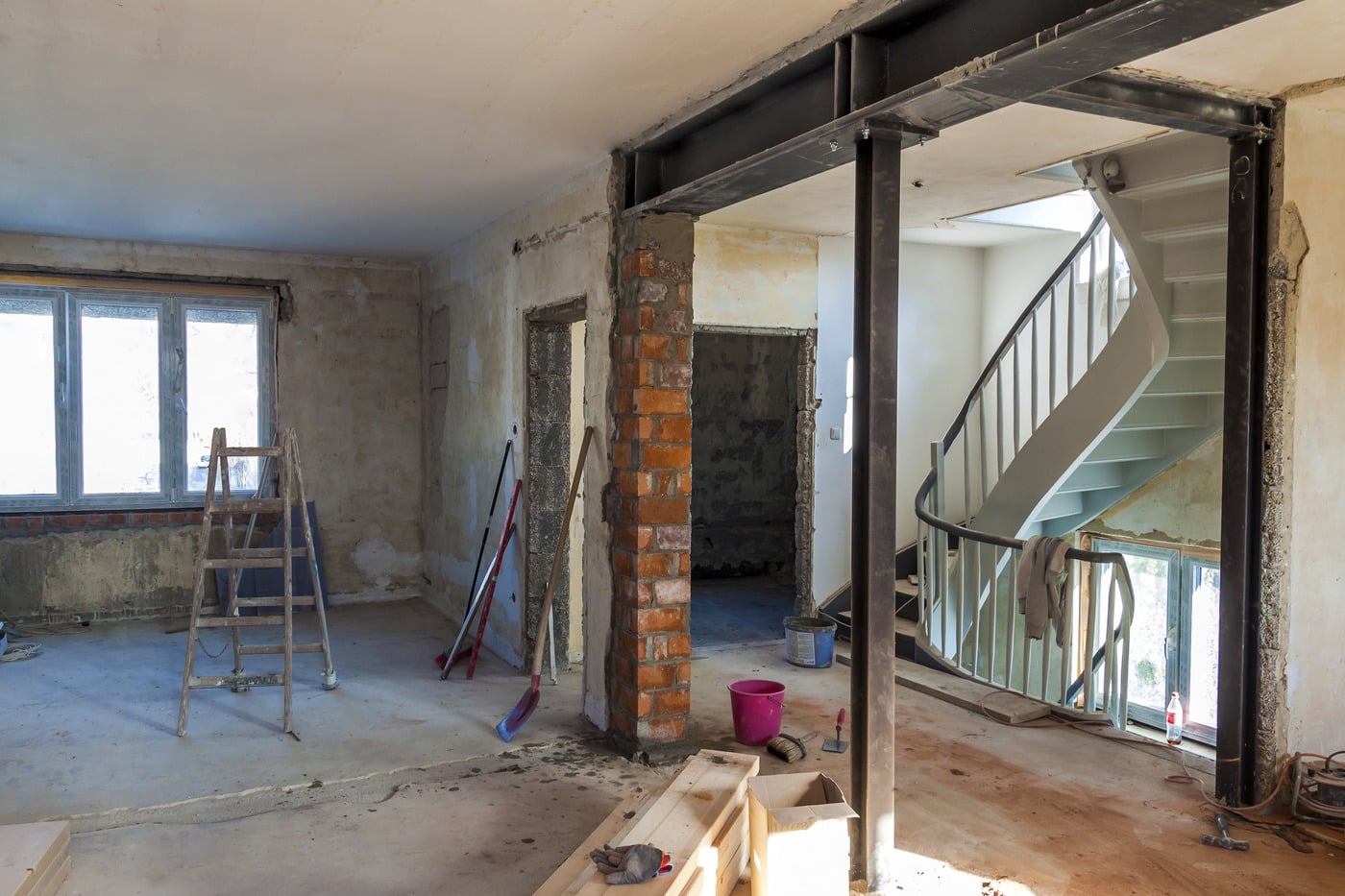You know what’s funny? The other day, a client told me they’d just discovered “this amazing new thing called underfloor heating.” I had to laugh — the Romans were already doing it two thousand years ago! But while the concept is ancient, modern underfloor heating is a whole different story. After more than a decade of installing it across London homes, I’ve seen the good, the bad, and the truly life-changing.
How I Became a Fan
I’ll be straight with you — I wasn’t always a fan. Back when I first joined Force Builders Ltd, I used to think underfloor heating was a fancy extra for people who had money to burn. Then we worked on a Victorian townhouse in North London, and the client wanted it installed throughout. The result completely changed my mind — the comfort, the clean design, the quiet efficiency. I was hooked.
What Makes It So Good (and Not Just the Marketing Talk)
Forget the sales pitch — here’s what I’ve actually seen in real homes, with real families using it every day.
1. The Comfort Factor
If you’ve ever stepped on freezing tiles in January, you’ll know exactly why this is a game-changer. One of our clients, Sarah from Islington, called me last winter just to say thanks — apparently her mornings are now “radiator-free and ballet-free,” as she put it.
2. The Space Miracle
Once you remove radiators, you suddenly get space you didn’t know existed. We renovated a compact Hackney flat last year — same size, same furniture, but the owner swore it looked twice as big. It’s amazing what clear walls can do.
3. The Bills That Actually Make Sense
Yes, the installation costs more upfront — but it pays you back. Peter from Greenwich tracked his bills before and after installation. The result? Around 30% lower heating costs in the first year. Not bad for something that feels this good.
The Two Main Types (and Which One’s Right for You)
Electric Systems — The Quick Fix
Think of these as electric blankets for your floors. They’re simple, efficient, and ideal for smaller areas. We installed one in a Battersea bathroom last spring — it took two days from start to finish, and the client couldn’t stop smiling.
Best for:
- Bathrooms and small rooms
- Renovations with limited floor height
- Quick installations
- Homes without easy boiler access
Water Systems — The Long Game
This is the premium option — warm water circulating through pipes beneath the floor. It’s more complex, yes, but unbeatable for large spaces or full-home systems.
Perfect for:
- New builds and extensions
- Open-plan or large living areas
- Energy-efficient properties
- Homes with strong insulation
What Installation Really Looks Like
Here’s what the process actually looks like, based on a recent Chelsea project we completed.
Days 1–2: Preparation
We start by levelling and cleaning the subfloor — not glamorous, but crucial. Skip this step, and you’ll pay for it later.
Days 3–4: Laying the System
For water systems, we lay pipes in looping patterns that look like giant knitting. For electric, we roll out heating mats like a precision carpet. Everything is aligned, tested, and connected.
Days 5–7: Testing and Flooring
This is the nerve-wracking bit — we test pressure, wiring, and temperature before the final floor goes down. On one job, we caught a kink in a pipe just in time. That’s why we never skip testing.
The Questions Everyone Asks
“Can it go under any floor type?”
Mostly, yes — but choose wisely:
- Tiles: Perfect. They conduct heat brilliantly.
- Wood: Works well if it’s engineered or thinner boards. Avoid thick hardwoods like teak.
- Carpet: Fine, but keep it thin — thick carpet traps heat like a winter coat.
“Will it heat my whole house?”
Yes, if your home’s properly insulated. We once installed it in an old Victorian house without insulation — it struggled to retain the warmth. Lesson learned: good insulation is non-negotiable.
Common Installation Mistakes (and How We Avoid Them)
We once got a call to fix another company’s failed install. They’d laid electric mats directly under thick wooden boards, no insulation boards in between. It barely warmed up.
Here’s what we learned:
- Always check insulation first.
- Use materials suited to the floor type.
- Never skip testing.
- Make sure your heating system can handle the demand.
The Honest Cost Breakdown
I’ll be upfront — underfloor heating is an investment, not a quick fix. Here’s what our London projects typically cost:
Electric Systems
- Small bathroom (~8m²): £500–£700
- Large kitchen (~20m²): £1,200–£1,500
- Labour: £200–£400 per day
Water Systems
- Whole house (~150m²): £4,000–£7,000
- Installation: £2,000–£4,000
Prices vary depending on your space, insulation, and chosen flooring — but over time, it pays off in lower bills and lasting comfort.
Maintenance – What You Really Need to Know
Here’s the beauty of it — underfloor heating is almost maintenance-free. In five years of installations, we’ve had only three callouts, and two were for unrelated plumbing issues.
- For water systems: have the pressure checked annually.
- For electric systems: virtually zero upkeep — just don’t drill the floor without checking the layout plan first.
Is It Right for Your Home?
Go for it if:
- You plan to stay long-term.
- Your home has decent insulation.
- You’re ready for a short installation period.
- You value comfort and modern design.
Maybe wait if:
- You’re planning to move soon.
- Your property isn’t insulated properly.
- Your budget is tight.
The Future of Heating in London Homes
Heating tech is changing fast. Underfloor systems, especially when paired with heat pumps, are becoming the standard for energy-efficient homes. That Victorian house I mentioned? After their first winter, the owners told me they’d never go back to radiators. Once you’ve lived with warm floors, there’s no turning back.
Thinking About It for Your Own Home?
Come see for yourself. We have a working demo setup at our London office — yes, you can take off your shoes and feel it in action.
If you’re considering underfloor heating, get in touch with Force Builders Ltd. We’ve been warming up London homes for over a decade, and we’d love to help make yours next on the list.





